May 27, 2025 | 16:19 GMT +7
May 27, 2025 | 16:19 GMT +7
Hotline: 0913.378.918
May 27, 2025 | 16:19 GMT +7
Hotline: 0913.378.918
At the Aquaculture Vietnam 2024 Conference recently held in Ho Chi Minh City, Dr. Dao Trong Hieu, a seafood expert, mentioned that, processing facilities are considered the endpoint of the aquaculture process. Reducing emissions during the processing stage will help lower emissions throughout the entire seafood production chain. However, this process faces several challenges, including costs, infrastructure, and energy management.
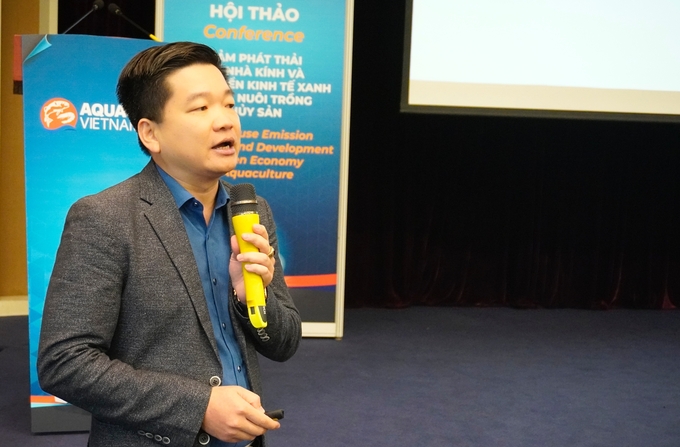
Dr. Dao Trong Hieu, an aquaculture expert, stated that electricity consumption in frozen shrimp processing facilities is very high, which is considered an indirect cause of greenhouse gas emissions. Photo: Hong Tham.
According to Dr. Dao Trong Hieu, a survey conducted across 48 frozen shrimp processing facilities in the Mekong Delta region for export revealed that all of these facilities are privately owned businesses, with designed production capacities ranging from several hundred tons to as much as 20.000 tons of finished products per year. However, the actual production capacity during the survey period from 2020 to 2021 only reached 40-60% of their designed potential. This significant underutilization means that there is a large surplus in production capacity, and many processing plants are not able to operate at their full manufacturing potential.
One of the key concerns highlighted by the survey is the extremely high electricity consumption of these processing facilities. On average, each facility consumes up to 4.11 million KWh of electricity annually, with some facilities even consuming as much as 20 million KWh per year. This excessive energy use is considered an indirect contributor to greenhouse gas emissions.
The majority of businesses have transitioned to using ammonia (NH3) as a refrigerant in their operations. However, there are still 13 out of the 48 surveyed companies that continue to use Freon 22 (R22), a refrigerant with a global warming potential nearly 2.000 times higher than CO2. Notably, five of these companies account for a staggering 96.4% of the total R22 consumption among the 13 businesses that still rely on it.
Additionally, the survey results reveal that smaller-scale processing facilities tend to have a higher emissions rate per kilogram of shrimp compared to larger-scale operations.
Specifically, for facilities with a production capacity of over 5.000 tons per year, the greenhouse gas emissions are relatively low, at only 0.93 kg CO2e per kilogram of shrimp. In contrast, smaller facilities with annual production below 1.000 tons exhibit much higher emissions, with a rate of 2.89 kg CO2e per kilogram of shrimp. This significant difference indicates that increasing the scale of production could help reduce the carbon footprint of the shrimp processing industry.
Dr. Dao Trong Hieu emphasized that, in reality, the Vietnamese seafood processing industry in general, and the frozen shrimp processing sector in particular, are actively transitioning and have made significant progress.
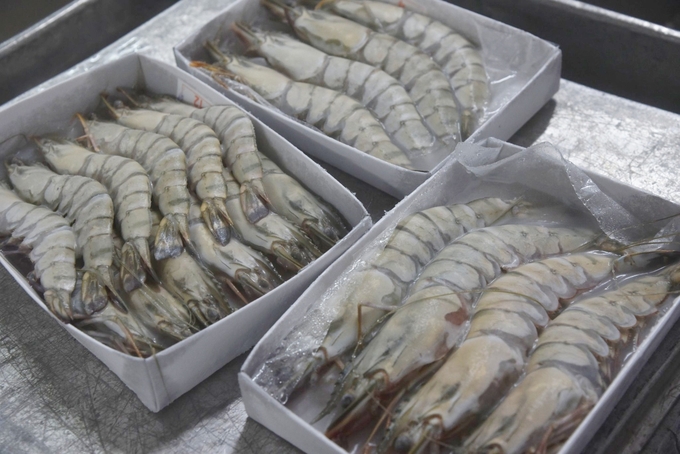
The green transition process in seafood processing in general, and frozen shrimp processing in particular, is currently facing many challenges. Photo: Hong Tham.
He pointed out that at present, 100% of Vietnam’s seafood processing enterprises that export products have adopted quality management systems and food safety protocols in accordance with HACCP (Hazard Analysis and Critical Control Points). These companies also implement environmental management practices based on ISO 14000 standards. Additionally, some companies have obtained social responsibility certification under the SA8000 standard. Many of the larger seafood processing businesses have taken steps toward cleaner production methods, aiming to reduce waste and minimize the use of raw materials, energy, and other resources. However, for smaller enterprises, especially those focused on supplying domestic markets, the percentage of companies adopting these advanced practices is still relatively low.
In terms of energy efficiency, all processing facilities have successfully replaced traditional incandescent light bulbs with energy-saving LED bulbs, helping to reduce electricity consumption. As for waste management, by-products from seafood processing, solid waste, and packaging materials are systematically collected, stored, and sold to recycling companies for further processing. The majority of these facilities have either their own wastewater treatment systems or send their waste to centralized treatment plants within industrial zones. However, challenges persist, particularly for smaller-scale facilities. These businesses still face significant difficulties when it comes to effectively collecting, treating, and recycling waste.
Regarding the use of refrigerants, facilities are gradually transitioning away from R22 to ammonia (NH3). According to incomplete statistics, large-capacity refrigeration units have been converted to NH3 at a rate of 72%, despite the high investment costs required to overhaul the entire refrigeration system.
Dr. Dao Trong Hieu emphasized that the green transition in seafood processing, including frozen shrimp, is facing significant difficulties and challenges.
When it comes to implementing sustainability certifications, small businesses face difficulties in maintaining compliance with the relatively high costs of certification and in investing in infrastructure to meet these standards.
The instability in raw material availability, fluctuating market conditions, and the constant shifts in both supply and demand have led to a recurring pattern of "bountiful harvests, followed by low prices". This cycle continues to persist, and it significantly impacts the ability of processing facilities to fully optimize their resources and production capacities. As a result, these challenges unintentionally contribute to an increase in the emissions per kilogram of product.
"The actual operating capacity of processing facilities currently only reaches 40-60% of their designed capacity. Therefore, we do not encourage the construction of additional processing plants. Instead, existing facilities should focus on maximizing the use of their current capacity to better meet market demand and ensure output", emphasized Dr. Dao Trong Hieu.
Dr. Dao Trong Hieu emphasized that the process of transitioning to greener practices will be accelerated in the coming years. He explained that, in the near future, government regulatory bodies will begin to impose import taxes on refrigerants with high greenhouse gas emissions, with the eventual goal of halting both the importation and domestic production of such substances. By 2040, the use of refrigerants that have the potential to deplete the ozone layer will be entirely phased out.
In light of this, Dr. Dao Trong Hieu stated that speeding up the green transition will require the adoption of a broad range of integrated solutions.
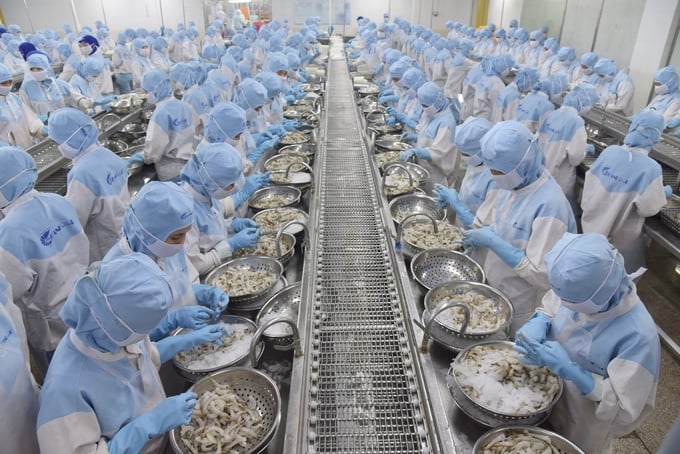
Reducing emissions at the processing stage will help lower emissions across the entire seafood production chain. Photo: Hong Tham.
Due to the substantial electricity consumption associated with seafood processing operations, it is crucial for businesses in this sector to invest in and adopt solar energy systems. This investment would significantly enhance operational efficiency by reducing dependence on conventional power sources, while also contributing to lowering greenhouse gas emissions.
In addition to adopting renewable energy, there is an urgent need to accelerate the replacement of high-emission refrigerants used in the seafood processing industry, particularly at smaller processing plants. This transition is critical for achieving environmental sustainability, and there is a clear roadmap in place, with the goal of completely phasing out refrigerants that contribute to ozone depletion and high greenhouse gas emissions by 2040.
To further optimize energy use, it is necessary to overhaul existing production processes, focusing on better management of energy consumption and refrigeration systems. This includes implementing best practices for operating refrigeration equipment, such as reducing instances of idle running and underloading. In addition, careful management of ice production and consumption, as well as the operation of cold storage and air conditioning units, is essential to prevent energy waste. Transitioning from incandescent bulbs to LED lighting is essential for reducing energy consumption.
Regularly inspecting, repairing, and maintaining refrigeration equipment is essential to improve cooling efficiency and ensure optimal performance. Implementing cleaner production solutions is also key to saving raw materials, reducing emissions, and enhancing overall production efficiency. Facilities should focus on the thorough collection, treatment, and recycling of solid waste, wastewater, and exhaust gases within seafood processing plants. Maintaining and adhering to sustainability certifications for production processes is another crucial step to ensure long-term environmental and operational improvements.
Equally important is stabilizing both input and output in order to enhance the efficiency of energy-consuming equipment, particularly refrigeration systems. By ensuring a more consistent flow of materials and products, facilities can gradually increase their actual processing capacity to approach the designed capacity. This, in turn, will help improve efficiency and reduce emissions per unit of product.
The average greenhouse gas emissions at 48 frozen shrimp processing facilities in the Mekong Delta region is 1.39 kg CO2e per kg of frozen shrimp. This figure is lower than the average range of 2.5 to 4 kg CO2e per kg observed in some other countries.
Translated by Phuong Linh
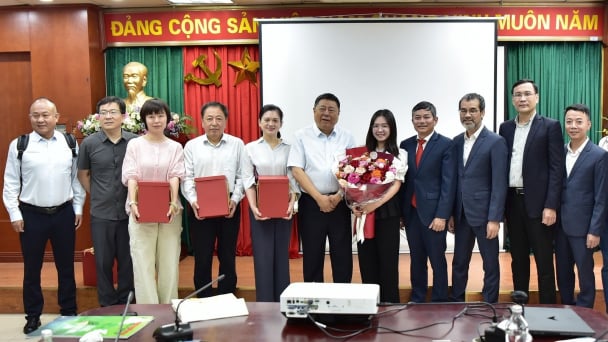
(VAN) The alignment in goals and operational direction between the Vietnam Agriculture and Nature Newspaper and Shaanxi Daily opens up promising prospects for journalism and media cooperation.
/2025/05/26/3422-3-102748_432.jpg)
(VAN) Prime Minister Pham Minh Chinh has been honored as the Distinguished ASEAN Leader at the ASEAN Leadership and Partnership Forum (ALPF) 2025 held in Malaysia, affirming Vietnam’s role and reputation.
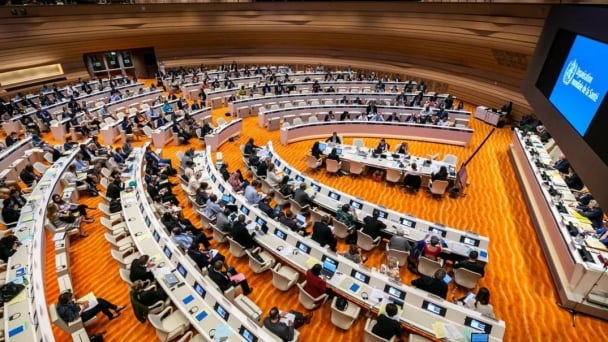
(VAN) At WHA78, with health placed at the heart of the global climate storm, Viet Nam enters a new commitment to protect communities from increasingly severe risks.
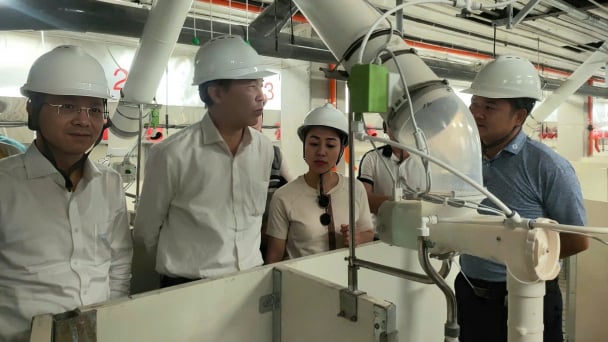
(VAN) Despite investment costs being 1.5 to 1.8 times higher than conventional methods, multi-story pig farming demonstrates outstanding effectiveness, increasing land-use efficiency by 4 to 10 times.
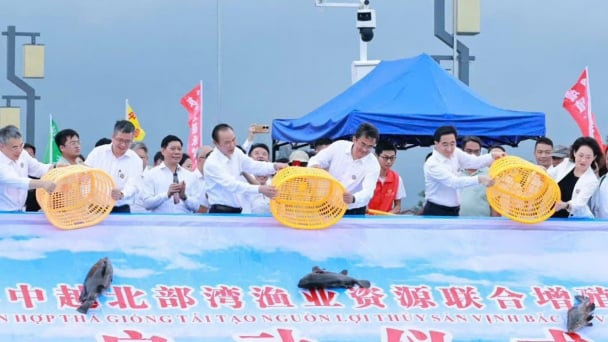
(VAN) Deputy Minister of Agriculture and Environment Phung Duc Tien leads a working delegation to participate in several key activities in China aimed at promoting agricultural and fisheries cooperation.
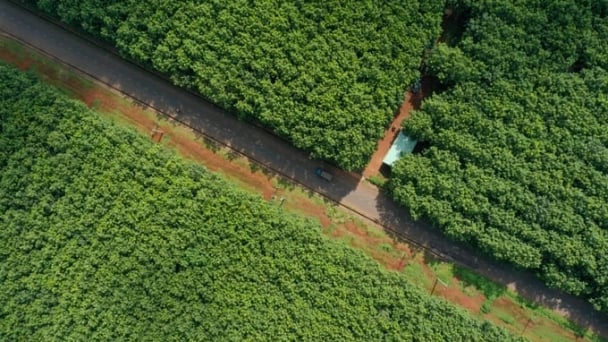
(VAN) The European Commission has just released a list of ‘low-risk’ countries for deforestation, which includes Vietnam.
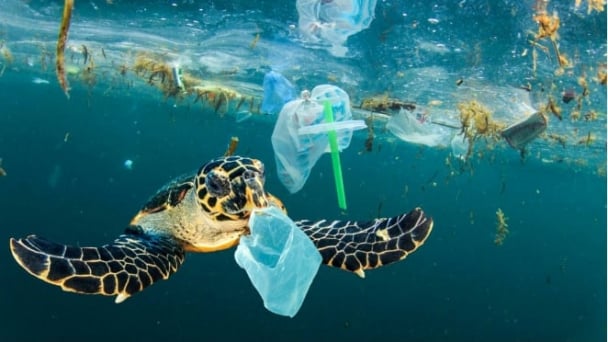
(VAN) The convenience of single-use plastics is leaving lasting consequences for the oceans.